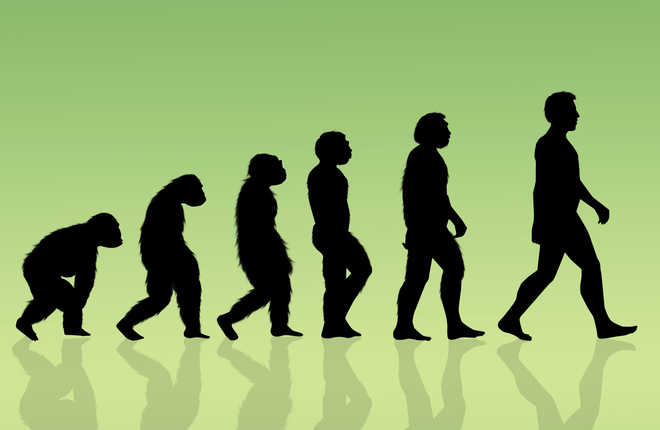Human body went through four stages of evolution
New York
The evolution of the human body’s size and shape has gone through four main stages, a study of 430,000-year-old fossils collected in northern Spain has found.
A large international research team studied the body size and shape in the human fossil collection from the site of the Sima de los Huesos in the Sierra de Atapuerca in northern Spain.
Dated to around 430,000 years ago, this site preserves the largest collection of human fossils found to date anywhere in the world, researchers said.
The researchers found that the Atapuerca individuals were relatively tall, with wide, muscular bodies and less brain mass relative to body mass compared to Neanderthals.
The Atapuerca humans shared many anatomical features with the later Neanderthals not present in modern humans, and analysis of their postcranial skeletons (the bones of the body other than the skull) indicated that they are closely related evolutionarily to Neanderthals.
"This is really interesting since it suggests that the evolutionary process in our genus is largely characterised by stasis (i.e. little to no evolutionary change) in body form for most of our evolutionary history," said Rolf Quam, anthropologist at the Binghamton University in New York.
Comparison of Atapuerca fossils with the rest of the human fossil record suggests that the evolution of the human body has gone through four main stages, depending on the degree of arboreality (living in the trees) and bipedalism (walking on two legs).
The Atapuerca fossils represent the third stage, with tall, wide and robust bodies and an exclusively terrestrial bipedalism, with no evidence of arboreal behaviours.
This same body form was likely shared with earlier members of our genus, such as Homo erectus, as well as some later members, including the Neanderthals.
Thus, this body form seems to have been present in the genus Homo for over a million years.
It was not until the appearance of our own species, Homo sapiens, when a new taller, lighter and narrower body form emerged, resaerchers said.
The authors suggest that the Atapuerca humans offer the best look at the general human body shape and size during the last million years before the advent of modern humans. — PTI









